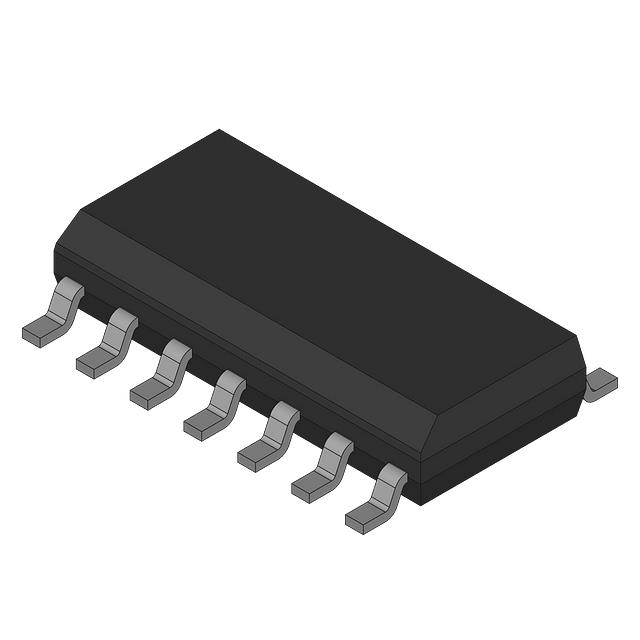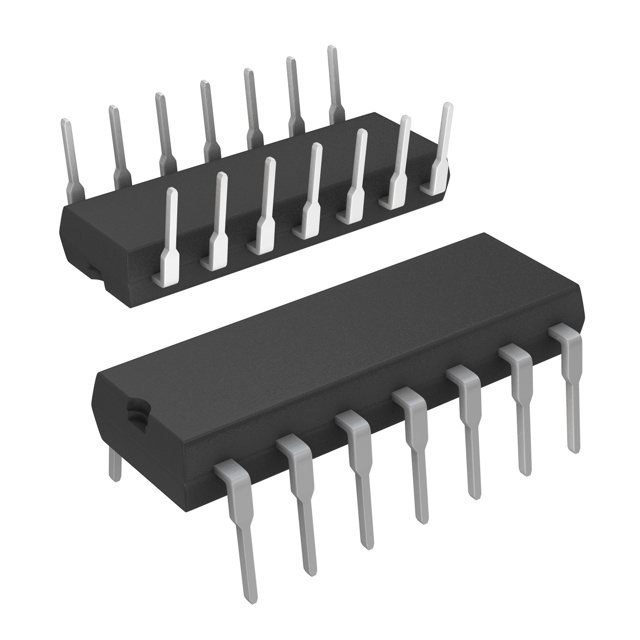JM54AC05SZA-RH
Manufacturer No:
JM54AC05SZA-RH
Manufacturer:
Description:
54AC05 - HEX INVERTER WITH UPEN
Datasheet:
Delivery:





Payment:




In Stock : 115
Please send RFQ , we will respond immediately.









JM54AC05SZA-RH Specifications
-
TypeParameter
-
Package / Case14-CSOIC (0.250", 6.35mm Width)
-
Supplier Device Package14-CFP
-
Mounting TypeSurface Mount
-
Operating Temperature-55°C ~ 125°C
-
Max Propagation Delay @ V, Max CL15.5ns @ 5V, 50pF
-
Input Logic Level - High2.1V ~ 3.85V
-
Input Logic Level - Low0.9V ~ 1.65V
-
Current - Output High, Low24mA, 24mA
-
Current - Quiescent (Max)80 µA
-
Voltage - Supply2V ~ 6V
-
FeaturesOpen Drain
-
Number of Inputs1
-
Number of Circuits6
-
Logic TypeInverter
-
PackagingBulk
-
Product StatusActive
-
Series54AC
The JM54AC05SZA-RH is a specific model of integrated circuit chip, and its advantages and application scenarios can be summarized as follows:Advantages: 1. High-speed operation: The JM54AC05SZA-RH chip operates at high speeds, making it suitable for applications that require fast data processing and signal propagation. 2. Low power consumption: This chip is designed to consume low power, making it energy-efficient and suitable for battery-powered devices or applications where power efficiency is crucial. 3. Wide operating voltage range: The JM54AC05SZA-RH chip can operate within a wide voltage range, allowing it to be used in various electronic systems with different power supply specifications. 4. Small form factor: Being an integrated circuit chip, it is compact and can be easily integrated into electronic devices or systems with limited space.Application Scenarios: 1. Digital logic circuits: The JM54AC05SZA-RH chip can be used in digital logic circuits to perform various logical operations, such as inversion or buffering of digital signals. 2. Communication systems: It can be used in communication systems for signal conditioning, amplification, or level shifting purposes. 3. Microcontrollers and microprocessors: The chip can be used in conjunction with microcontrollers or microprocessors to interface with external devices or perform specific functions. 4. Industrial automation: It can be used in industrial automation systems for signal processing, control, or interfacing with sensors and actuators. 5. Consumer electronics: The chip can be used in various consumer electronic devices, such as smartphones, tablets, or gaming consoles, for signal processing or interface control.It is important to note that the specific application scenarios may vary depending on the requirements and specifications of the electronic system or device being designed.
JM54AC05SZA-RH Relevant information








